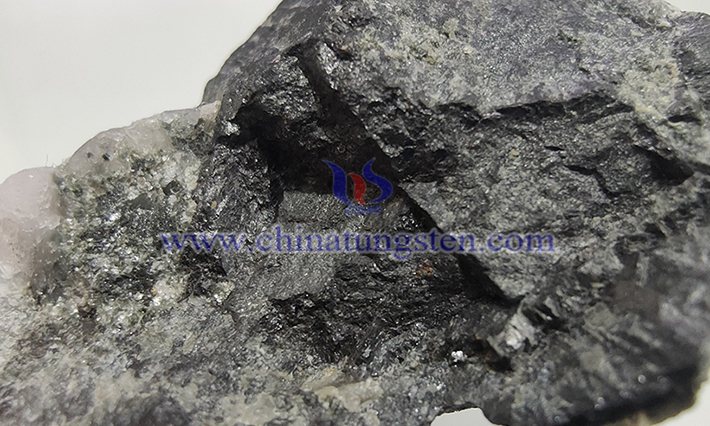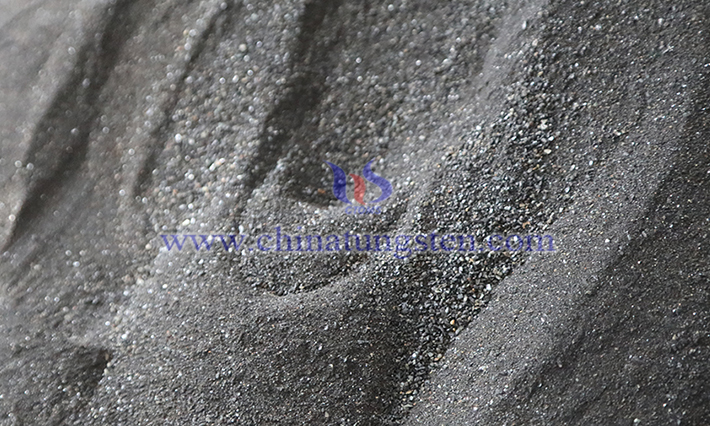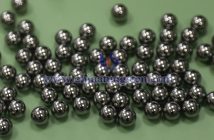In 2025, the tungsten supply side saw a significant tightening, primarily driven by policy-driven quota controls and multiple external factors.
The first batch of tungsten mining quotas for 2025 is 58,000 tons (based on 65% WO?), issued by the Ministry of Natural Resources (the document was issued on April 3, 2025, and the relevant allocation table will be made public in mid-to-late April). Compared with the first batch of indicators for 2024, this quota has been reduced by 4,000 tons, a decrease of approximately 6.45%. Quota allocation is also tilted toward mines with larger resource scales and advantageous production areas. Public allocations show that Jiangxi, Hunan, and Henan rank in the top three (Jiangxi with 21,300 tons, Hunan with 15,530 tons, and Henan with 7,050 tons).
Under this policy framework, the market and the supply chain responded quickly. According to China Tungsten Online data, the average price of 65% wolframite concentrate in the first half of 2025 was approximately RMB 152,000/ton, a year-on-year increase of 12.8%, reflecting price support from tightening upstream supply.

In addition to the tightening quota, structural pressure on the supply side also comes from environmental protection and energy consumption constraints, declining resource grades, and rising mining costs due to resource depletion. Environmental inspections and local rectification efforts have led to the suspension or restriction of production at some small and medium-sized mines. Industry research indicates that these mines have been particularly affected. Furthermore, long-term geological exploration data indicates a declining ore grade in some domestic production areas. Exploration annual reports and industry data indicate a decline in average grades over the past decade, leading to an increase in unit metal costs. Rising energy and logistics costs are also putting upward pressure on smelting and transportation. (China Tungsten Online's tracking survey found numerous reports of rising transportation and electricity costs during the industry feedback period, with the specific extent subject to company/regional statistics.)
In terms of market behavior, due to uncertainty about future supply, some producers and traders have adopted price-locking, long-term contract signing, or moderate stockpiling strategies. This has further reduced spot trading in the short term and reinforced expectations of rising prices.
According to data from the General Administration of Customs, from January to August 2025, China imported 11,600 tons of tungsten ore and concentrate, a year-on-year increase of 74.56%. The increase in imports indirectly reflects the imbalance between domestic supply and demand.

Overall, the tightening supply side in 2025 is driven by both clear policy factors (national mining volume control and quota decentralization) and environmental regulations, rising costs, and market strategies. In the short term (until around the first quarter of 2026), if policies and regulations maintain their current pace and new production capacity cannot be released quickly, the tight supply situation is expected to persist and support an upward shift in the price center. However, the subsequent trend will depend on the implementation of quotas in various provinces, the progress of enterprise resumption of production, the release of overseas resources and my country's import situation, as well as the actual elasticity of downstream demand and the ability to adjust inventory.



